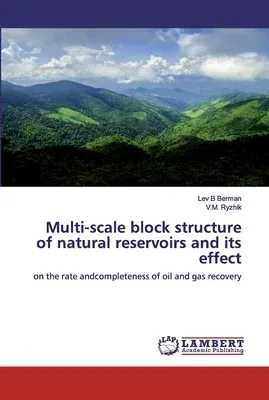Lev B Berman
(Author)Multi-scale block structure of natural reservoirs and its effectPaperback, 13 April 2020

Qty
1
Turbo
Ships in 2 - 3 days
In Stock
Free Delivery
Cash on Delivery
15 Days
Free Returns
Secure Checkout
Print Length
200 pages
Language
English
Publisher
LAP Lambert Academic Publishing
Date Published
13 Apr 2020
ISBN-10
6200479127
ISBN-13
9786200479129
Description
Product Details
Authors:
Book Format:
Paperback
Country of Origin:
US
Date Published:
13 April 2020
Dimensions:
22.86 x
15.24 x
1.17 cm
ISBN-10:
6200479127
ISBN-13:
9786200479129
Language:
English
Pages:
200
Publisher:
Weight:
299.37 gm

